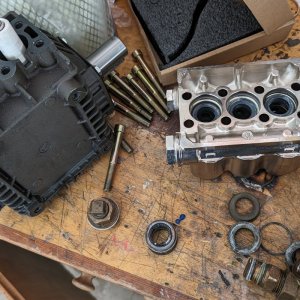Jim Pemberton
MB Exclusive.
- Joined
- Oct 7, 2006
- Messages
- 12,093
- Name
- Jim Pemberton
Most of you know that I've opposed the CRI Seal of Approval Program. This opposition does not exist because I don't respect the CRI and its members; many of their members have been very supportive of the carpet cleaning industry and have partnered with us more than ever before. Nor does this opposition to the SOA mean that I don't believe that a product manufacturer doesn't have the right to set specifications for the maintenance of their product.
What I've disagreed with has been the way the CRI has tested the equipment and cleaning products that you use, and how they've ranked their effectiveness.
Debbie Lema, who some of you know, works for Racine Industries (the folks that make Host Dry Extraction Products) and has written a well researched paper regarding the testing protocols used by Professional Testing Laboratories, who the CRI contracted to develop the standards set by the Seal of Approval Program.
I have some questions about it, and figured you might too. So I've invited Debbie here to explain her experiences and her paper, which will be available to any MB member who might want to reference it.
What I've disagreed with has been the way the CRI has tested the equipment and cleaning products that you use, and how they've ranked their effectiveness.
Debbie Lema, who some of you know, works for Racine Industries (the folks that make Host Dry Extraction Products) and has written a well researched paper regarding the testing protocols used by Professional Testing Laboratories, who the CRI contracted to develop the standards set by the Seal of Approval Program.
I have some questions about it, and figured you might too. So I've invited Debbie here to explain her experiences and her paper, which will be available to any MB member who might want to reference it.




